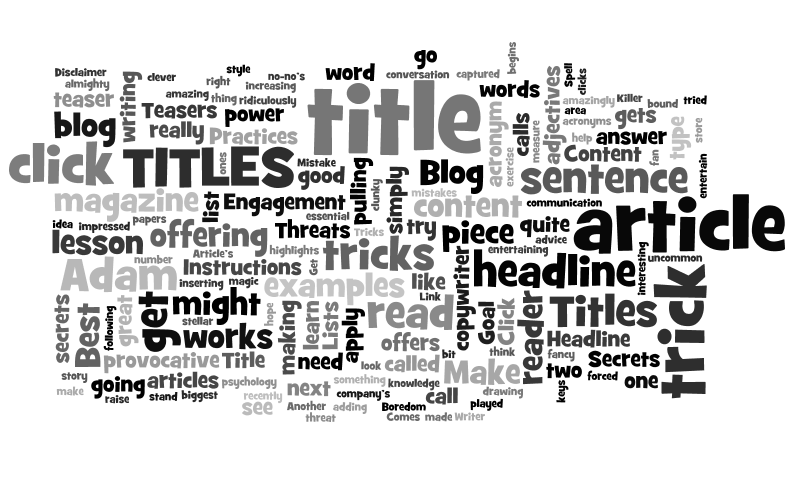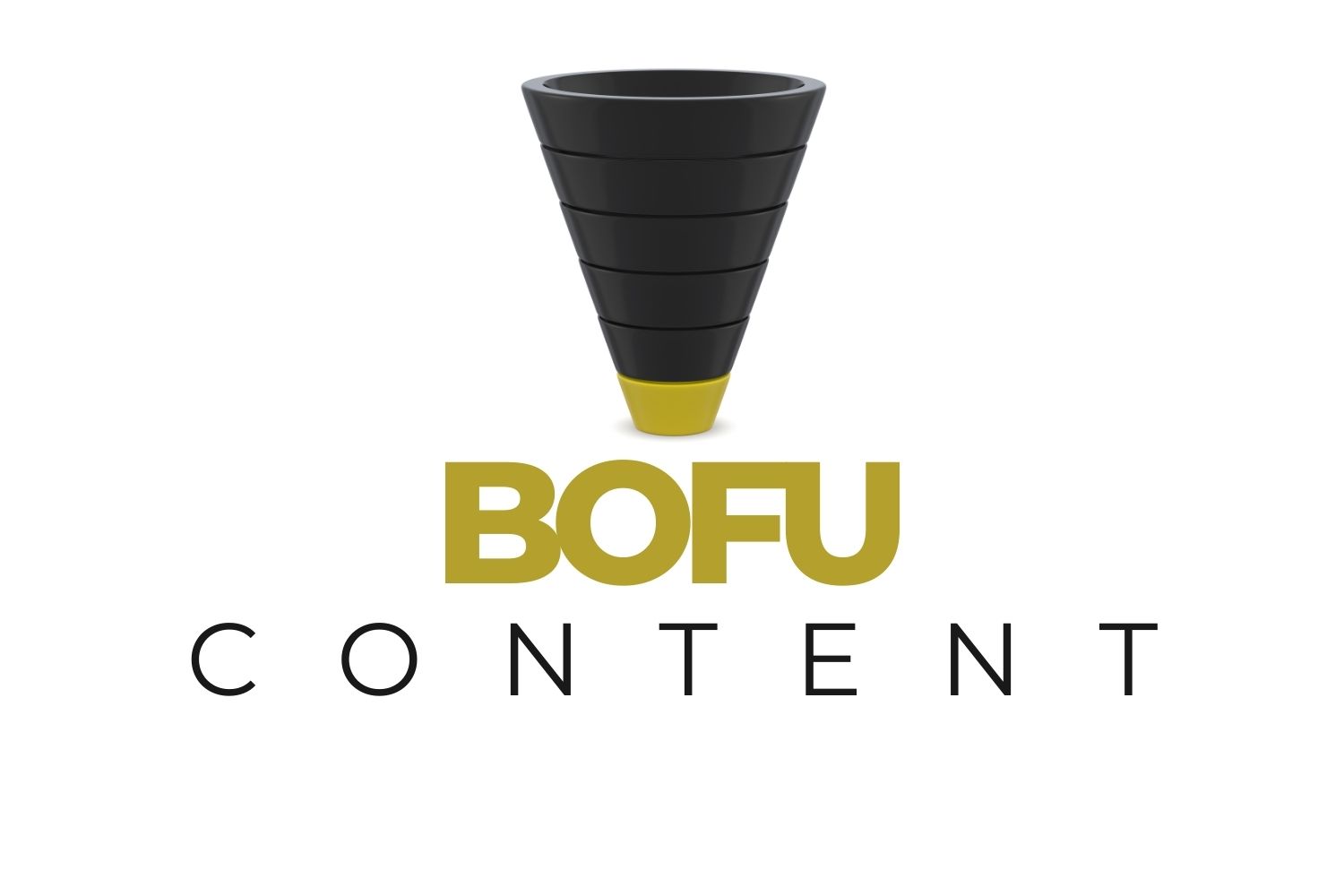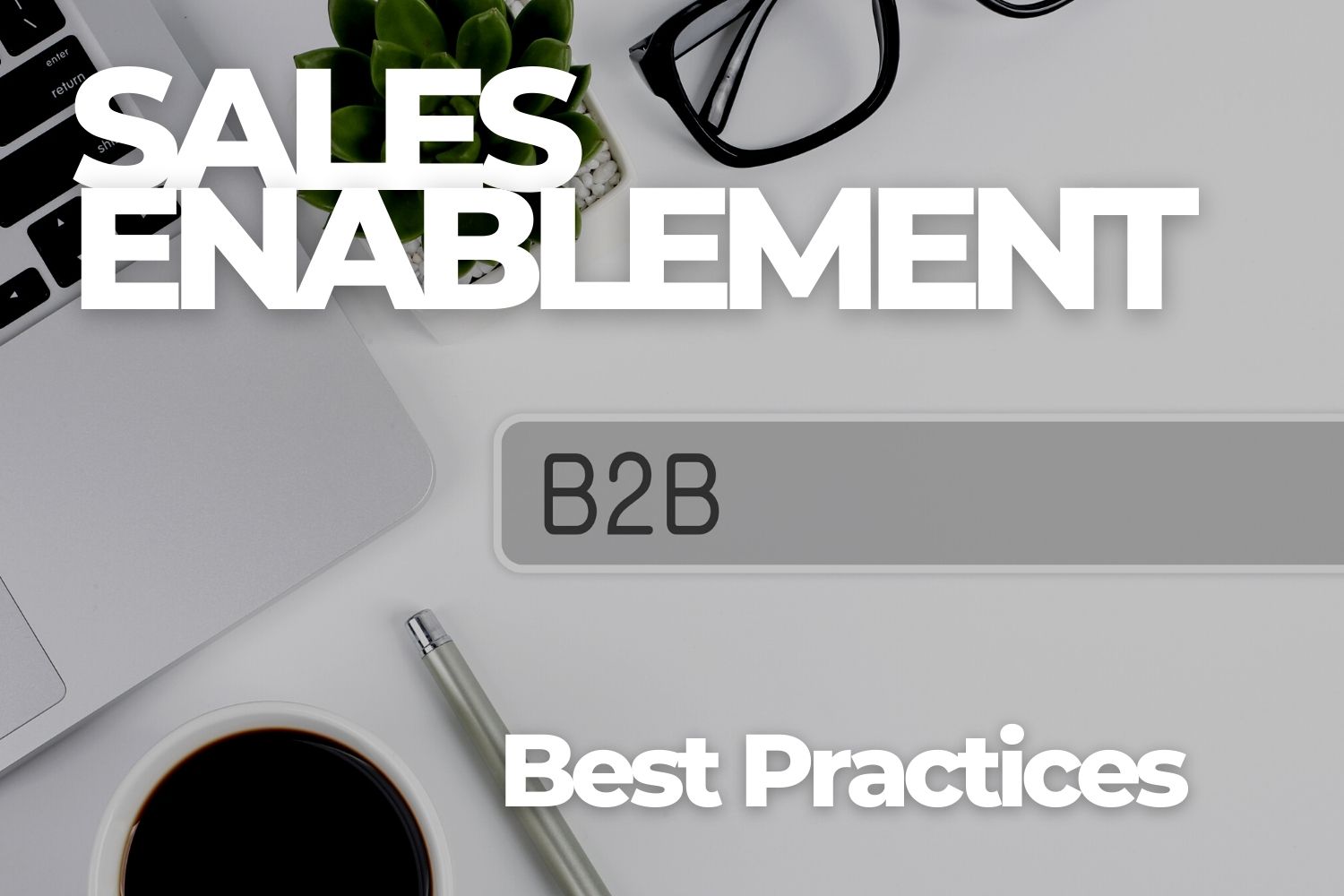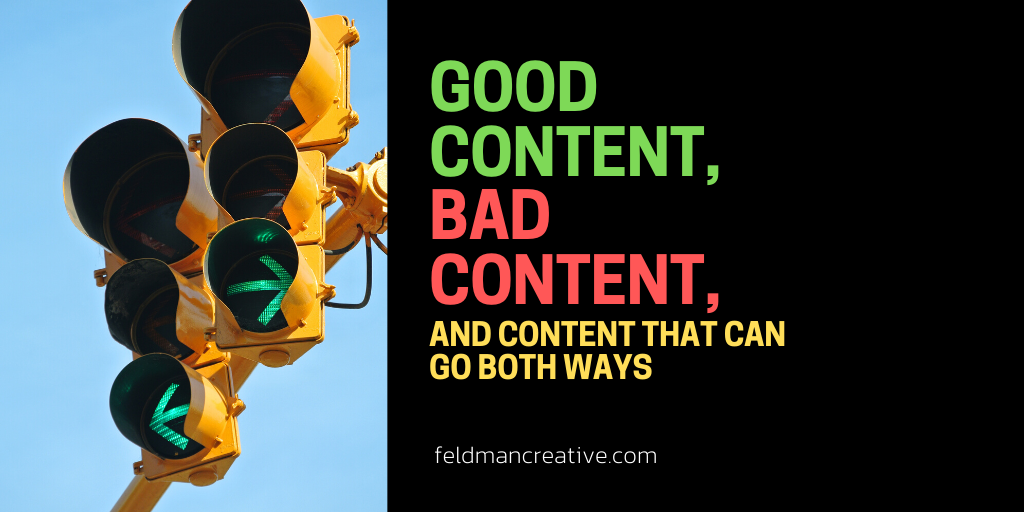When it comes to offering how-to advice in my blog articles and other forms of content, I’m really not the world’s biggest fan of acronyms. I see too many weak ones that feel forced or downright clunky.
 Disclaimer aside, when I read “The Best Blog Titles for Your Content: 6 Best Practices for How to Get the Click,” by Adam Vavrek of Skyword, I was impressed with his clever acronym: TITLES.
Disclaimer aside, when I read “The Best Blog Titles for Your Content: 6 Best Practices for How to Get the Click,” by Adam Vavrek of Skyword, I was impressed with his clever acronym: TITLES.
T = Teasers
I = Instructions
T= Threats
L = Lists
E = Engagement
S = Secrets
This one’s worth adding to your arsenal of copywriting tricks because the ideas captured with the acronym “TITLES” simply work.
What’s the measure of a great headline?
The answer is ridiculously simple. A great headline or title gets the reader to read the next sentence. And then if the next sentence gets the reader to read the following sentence, it too has achieved its objective. And so on. Ultimately, if you made it to the last line of an article or written piece of any kind, the copywriter has succeeded.
For a website copywriter, it all begins with a click. Goal one: entice someone to click. Goal two: keep the reader on your site. I like to call it “click and stick.”
Adam does a stellar job in his article of explaining the psychology of each TITLES trick and offering what he calls “trigger words,” the words that help invoke the click. He also offers several examples of each type of title drawing from his company’s blog.
I thought an interesting twist on his story might be to invite you into my head as I apply each of the TITLES tricks in an attempt to give this article an alluring title. You’ll see what I mean.
The teaser title is a favorite of mine and countless scribes everywhere. When you’re writing a teaser title, you need not get super fancy. Its magic pulling power lies in creating curiosity. Asking a question works wonders. I used this trick in giving this article its title and it appears to have worked. Another angle might have been:
Does Your Article’s Title Spell “Success?”
Or:
Why Tell When You Can Tease?
Instructions
The instructions title is the oldest trick in the book… or magazine… or email… or any form of communication. Why? People read to learn. So you appeal to the reader’s hunger for knowledge by making it clear your piece offers a valuable lesson. Got a problem? Here’s the answer.
On the magazine rack at the grocery store checkout you’ll find hundreds of examples. And if that lesson on love, or cooking, or making money, highlights an area you could stand to learn a bit about, chances are quite good that magazine is going home with you. Let’s look at how this article could have this type of title:
How to Seduce Readers with Your Headline.
Or:
The Trick to the Click.
Threats
The threat—a force to be reckoned with. Link bait, for sure. This style title represents another tried and true winner. In a presentation I recently put together about increasing the pulling power of your content I included “mistakes” as a sure-fire magnet. I called them “no-no’s you need to know.” I could have called this article:
The Big Mistake a Blog Writer Can’t Afford to Make.
Or:
Danger: Boredom This Way Comes.
Lists
It’s a darn good thing the word “TITLES” has an “L” in it because us headline writers would be some lost and lonely loons if we couldn’t call on the almighty list when have XX number of points to make. Fill in the blank with a “One” or “101.” Embellish freely with provocative adjectives such as “essential.” I dig into this strategy in an article simply titled, “Numbers Rule.” Adam played the list card by offering “6 Best Practices,” so I’ll try something like that:
6 Humdingers for Writing a Hot Headline.
Or:
6 Killer Title Tips I Just Had to Make My Own
Engagement
As a communicator, your goal will always be to engage readers. You could think of the “E” as “entertain.” I suppose writing engaging or entertaining material calls for a skill that requires some natural talent and lots of practice, but a few tricks might get the greener writer going in the right direction.
Humor works. Controversy works. The idea here is to be provocative, such as:
Do Your Blog Titles Blow?
Or:
Make Your Titles More Titillating.
Secrets
You’re bound to get a click when you go with the “secrets” trick. The word “secret” in and of itself is quite irresistible, but you can mix it up with similar triggers such as “keys,” “tips,” and inserting adjectives designed to raise the value of the secrets such as “uncommon” or “amazing.” Let’s try this:
Amazingly Reliable Tricks for Getting More Clicks.
Or:
Can’t-Miss Titles for Your Content.
Shwew. That was amazingly fun. 6 cool tricks. 12 pretty strong examples, I hope. The exercise was to create just one sentence or phrase, a headline. The focus was on blog articles, but you can apply this lesson to any piece of content where the trick is to get clicks: emails, webinars, white papers, eBooks, anything really.
Thanks Adam. And thank you too. If you have a trick or two to add or a comment to bring to the conversation, please go for it.






Comments
Speakers, Here’s The Perfect Solution to Creating Irresistible Content | copywriting help for speakers
[…] Here’s some additional tips for great blog post titles. […]